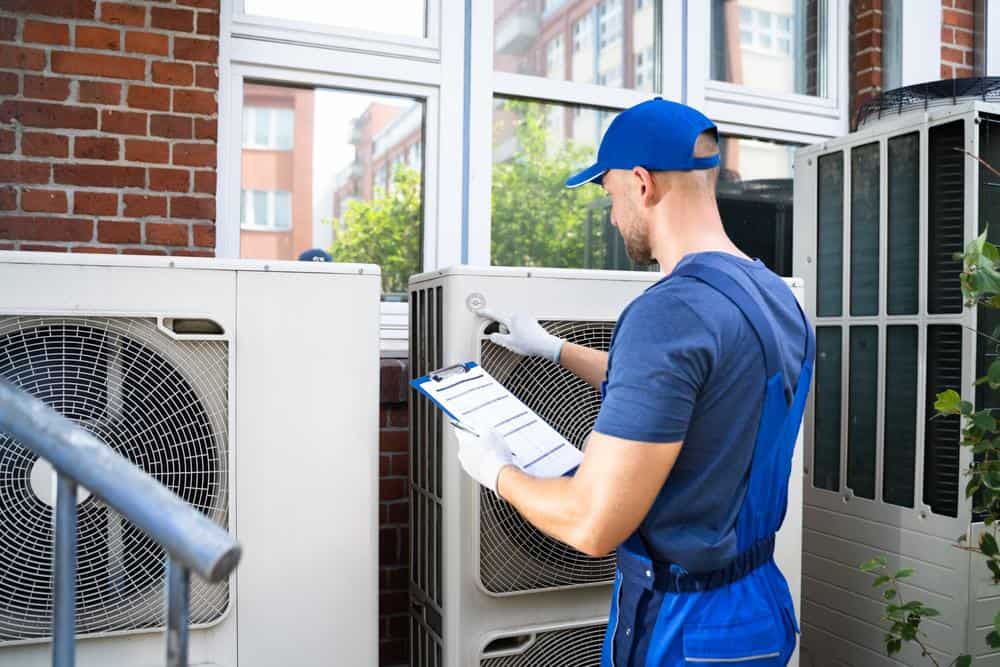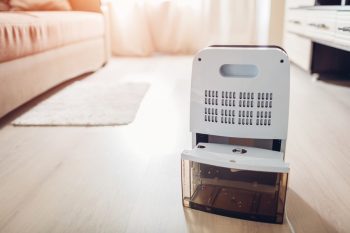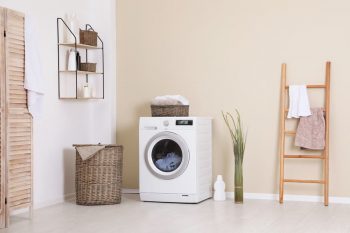
Solar-powered air conditioners are an innovative solution to cool your home or office while reducing your carbon footprint and saving on energy costs. But how do you make one? In this comprehensive guide, we’ll walk you through the process, including the materials needed, the steps to follow, and the cost implications. We’ll also look at the benefits of solar powered air conditioning and recommended brands for those who prefer to buy instead of build.
To make a solar-powered air conditioner, you’ll need materials like a large computer fan, a heat sink, a 12V power supply or a solar panel, a Peltier, and heat paste. Start by attaching the heat sink to the Peltier and fans on either side. Connect the fan to the power supply and add a cooling agent. Finally, make it solar powered by using the appropriate circuit. This DIY project can help you save on energy costs and reduce your carbon footprint.
What is a Solar Powered Air Conditioner
A solar-powered air conditioner, also known as a solar AC, is an air conditioning system that uses solar power to cool your home or building. It operates similarly to a traditional air conditioner, but instead of relying on electricity from the grid, it uses energy generated from solar panels or solar water heaters. There are two primary ways that solar air conditioners collect and use energy: through solar photovoltaic (PV) systems and solar thermal systems.
Materials Required
To assemble a solar-powered air conditioner, you will need the following materials:
- A large computer fan
- A large heat sink (10 cm * 5 cm)
- A 12V power supply or a solar panel
- A Peltier
- A small Fan
- A small heatsink
- Heat paste
Steps to Make a Solar Powered Air Conditioner
Step 1: The Attachment
First, connect the heat sink to the peltier, and stick the fans on either side. Use heat sink paste to stick the Peltier to the heat sink, and connect the bigger fan to the hotter side.
Step 2: The Connections
Next, connect the fan to the power supply. Connect them in parallel so that the voltage is distributed equally. You can also directly connect it to a 12-volt battery.
Step 3: Cool Off
Now connect a box or keep it in the open to create a cooling agent. The Peltier cools one side and the heat sink takes it and the fan blows it off.
Step 4: Add Solar
You can make it solar powered by using the circuit as illustrated in the picture.
Cost Implications
Setting up a solar-powered air conditioner involves several cost factors, including the air conditioning unit, solar panels, wiring, batteries, inverters, charge controllers, and installation fees. Solar-powered air conditioners are more expensive than conventional units, with prices ranging from $1,600 to $13,000. On average, homeowners spend around $3,400 on a solar air conditioner.
Maintenance Requirements and Costs
Solar-powered air conditioners require regular maintenance to ensure optimal performance and longevity. The maintenance requirements include regular cleaning of both the air conditioning unit and the solar panels to prevent dust buildup, which can affect the efficiency of the system and potentially become a fire hazard. Solar panels typically require an annual inspection, which costs around $150 a year.
Recommended Brands
If you prefer to buy instead of build, there are several recommended solar-powered air conditioner brands and models available in the market. Some of the top options include SolAir World, GREE, LEZETi Hybrid Solar AC, Lennox, and HotSpot Energy.
In conclusion, making a solar-powered air conditioner can be a bit complex, especially for someone without technical know-how. However, with the right guidance, it’s an achievable DIY project. Not only can a solar-powered air conditioner help you save on your energy bills, but it also reduces your carbon footprint, making it a win-win solution for you and the environment.
Frequently Asked Questions
How long does a solar-powered air conditioner last?
A solar-powered air conditioner can last up to 15-20 years with proper maintenance and care. This is comparable to the lifespan of a conventional air conditioning unit.
How much can I save on energy bills with a solar-powered air conditioner?
The amount you save on energy bills with a solar-powered air conditioner can vary widely depending on your location, the size of your home, and your cooling needs. However, some homeowners report saving up to 50% on their energy bills.
Can a solar-powered air conditioner work at night?
Yes, a solar-powered air conditioner can work at night. The solar panels charge a battery during the day, which can then power the air conditioner at night.
What is a Peltier?
A Peltier is a type of heat pump that can transfer heat from one side of the device to the other. It’s used in this project to help create a cooling effect.
Can I use a solar-powered air conditioner in a cloudy or rainy climate?
Yes, you can use a solar-powered air conditioner in a cloudy or rainy climate. Although solar panels are most efficient in direct sunlight, they can still generate power on cloudy or rainy days.












